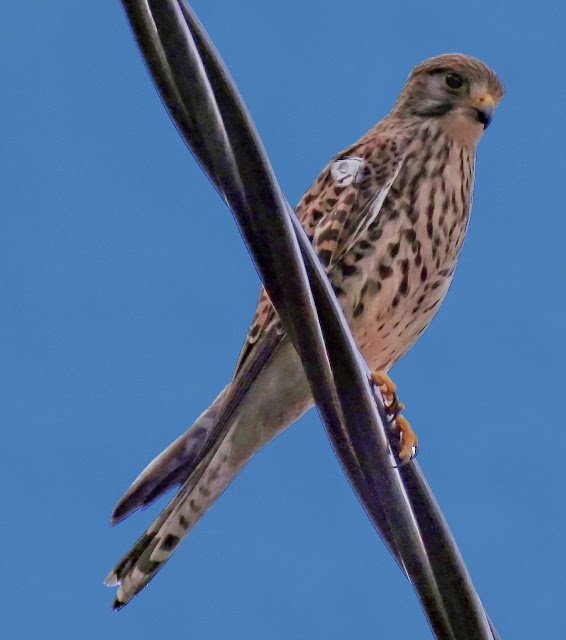Orchids are plants that belong to the family Orchidaceae (/ˌɔːrkɪˈdeɪsi.iː, -si.aɪ/), a diverse and widespread group of flowering plants with blooms that are often colourful and fragrant. Orchids are cosmopolitan plants that are found in almost every habitat on Earth except glaciers. The world's richest diversity of orchid genera and species is found in the tropics.
Orchidaceae is one of the two largest families of flowering plants, along with the Asteraceae. It contains about 28,000 currently accepted species distributed across 763 genera.
The Orchidaceae family encompasses about 6–11% of all species of seed plants. The largest genera are Bulbophyllum (2,000 species), Epidendrum (1,500 species), Dendrobium (1,400 species) and Pleurothallis (1,000 species). It also includes Vanilla (the genus of the vanilla plant), the type genus Orchis, and many commonly cultivated plants such as Phalaenopsis and Cattleya. Moreover, since the introduction of tropical species into cultivation in the 19th century, horticulturists have produced more than 100,000 hybrids and cultivars.
%2011.jpg)

%2010.jpg)

.jpg)

%201.jpg)
%202.jpg)
%203.jpg)






%2010.jpg)



%2010.jpg)
%2012.jpg)


%20(Bubo%20scandiacus)%2010.jpg)







%2010.jpg)
%2011.jpg)











